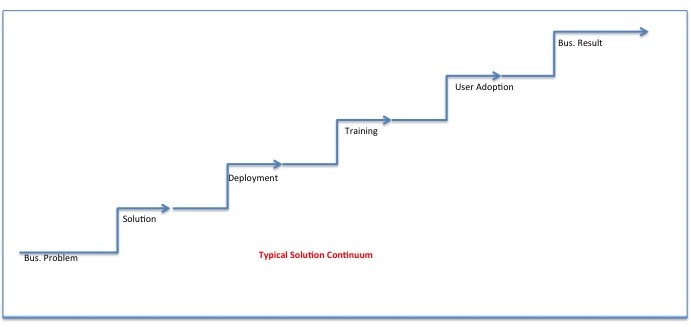Organizations spend billions of dollars every year on training their employees. Is this the worst investment a corporation ever makes? According to the results, the answer is YES!
It is well established by neural and behavioural scientists that people forget upwards of 80 percent of what they are taught within 2-3 weeks. There is even a catchy name for it. It is called “Memory Decay”.
Corporate training falls into the trap of using the wrong KPI’s to measure success. Participation or attendance in a class (or webinar) is frequently the success indicator. A more effective success factor is to focus on an employee’s instinctive recall of the new knowledge or skill weeks, months and even years after.
Here is a great example to illustrate instinctive recall: Your parents instruct you in the art of riding a bicycle (the lesson); you try repeatedly to master your balance and control (the tests); until finally you’re free to enjoy the rushing air on your face and explore the neighbourhood (the business outcome). In the final step, you are no longer consciously thinking about how to balance or pedal. The new bike that previously stood in the garage for weeks before is now a tool to expand your horizons. Instinctive recall was the key!
How is this accomplished? One study by Karpicke & Roediger (2008) demonstrated that repeated testing of a lesson plan over a series of days / weeks produced superior memory retention of the material. The authors of a book, Make it Stick” (2015) come to the same conclusion and illustrate a few excellent controlled study examples to illustrate their case. One of the early publications supporting this idea was by A.I. Gates (1917), as a result of his studies into memory recall. The old method of learning, (study, review and cramming) is so ingrained into our accepted way of learning that it persists even though it is clear that it doesn’t work.
Why should we care? Organizations know the cost of inefficiency. Waste is an enemy of profit. For decades business has been obsessed over operating effectiveness. A small 5% in inefficiency is enough to drive major changes in an organization. Should we think about a new model for learning / training to turn 80% wastage to a far more acceptable result?
Training is a subset of a larger continuum. Memory decay severely impacts user adoption. Without adoption, the business outcome is either lost or significantly delayed.
Like the bicycle any new process, system or goal in an organization will never get out the garage without user adoption. Too often we blame the wrong reason for not achieving our goals. Statements like “the system is bad”, “the new procedures don’t work” or “the employees are resisting” mask the root problem. Not to say that there aren’t cases when systems, processes or people are the problem but science proves that we may be overlooking a major opportunity to achieve business goals faster and more often.
Why is it important to understand the science of learning? To make something better you first have to understand how the individual parts work. It is then that you can reassemble them to produce better performance.
Ironically we know that the speed of change in technology and business is accelerating. Without a change in the way we think and execute learning, user adoption will only get worse and business outcomes will take longer to be realized.
John Breakey, john.breakey@fivel.ca
Find out more about the Challenges that CEO’s Face When Accelerating Change. Download our Guides for FASTER Change Adoption Now.

